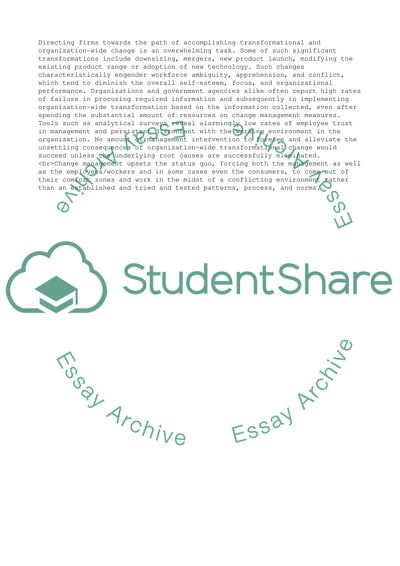Cite this document
(The Human Side of Enterprise Dissertation Example | Topics and Well Written Essays - 2500 words - 1, n.d.)
The Human Side of Enterprise Dissertation Example | Topics and Well Written Essays - 2500 words - 1. Retrieved from https://studentshare.org/business/1728065-management-of-change
The Human Side of Enterprise Dissertation Example | Topics and Well Written Essays - 2500 words - 1. Retrieved from https://studentshare.org/business/1728065-management-of-change
(The Human Side of Enterprise Dissertation Example | Topics and Well Written Essays - 2500 Words - 1)
The Human Side of Enterprise Dissertation Example | Topics and Well Written Essays - 2500 Words - 1. https://studentshare.org/business/1728065-management-of-change.
The Human Side of Enterprise Dissertation Example | Topics and Well Written Essays - 2500 Words - 1. https://studentshare.org/business/1728065-management-of-change.
“The Human Side of Enterprise Dissertation Example | Topics and Well Written Essays - 2500 Words - 1”, n.d. https://studentshare.org/business/1728065-management-of-change.


